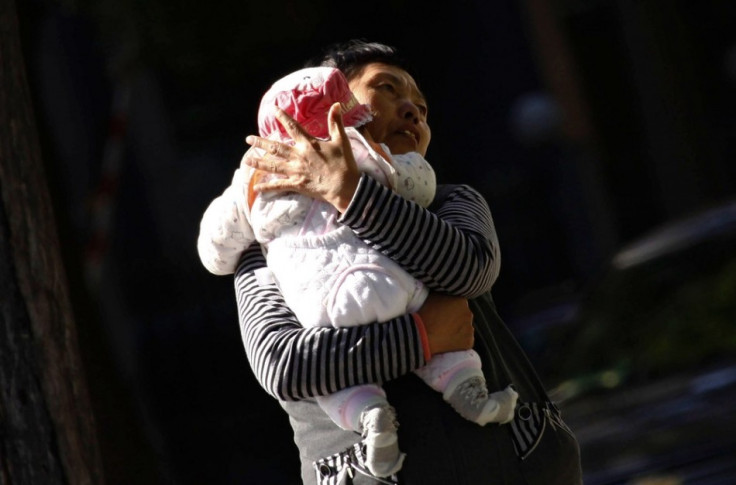Where Are All The Girls? Selective Abortions Led to Significant Drop in Females

Up to 4,700 female babies have 'failed to appear' on the national census records of England and Wales, the victims of illegal gender-based abortions in some ethnic communities in Britain.
The 2011 National Census reveals a widespread inconsistency in the gender ratio of children in some migrant families suggesting some women have chosen to abort female foetuses, in the hope of bearing a boy some time, suggested a report in the Daily Mail.
A government investigation in 2013, however, found no evidence that women born abroad but residing in the UK were aborting girls for these reasons.
The only readily available explanation that is consistent with a statistically significant gender shift of the sort observed in the census data is gender-selective abortion
The recent skewed census figures have reignited the debate over whether the sex of a foetus should be revealed in ultrasound scans at 13 weeks. About 10 per cent of the 190,000 abortions carried out in England and Wales in 2011 took place after 13 weeks of pregnancy, when the sex organs of the foetus are clearly visible from ultrasound scans.
Experts have argued that the sex should be withheld until later in the pregnancy, when abortions are more difficult to obtain. Some NHS hospitals already follow this procedure.
Abortions based on gender are illegal in the UK and other countries. The practice is widespread in China, colloquially known as "gendercide", and is currently on the rise in other South Asian countries such as India, Pakistan, and Taiwan.

The reasoning behind the abortion of females is often financial, as it is argued that sons might be preferred for labour efficiency. Lineage is also a contributing factor. In China, the gender imbalance is growing despite a ban on abortions based on sex - with 120 to 140 boys for every 100 girls.
Dr Christoforos Anagnostopoulos, a lecturer in statistics at Imperial College London, told the Independent that the figures suggested gender-based terminations. However, the data did not explain some sex-ratio anomalies that persisted across families of all sizes, in particular, for mothers born in Pakistan, Bangladesh and Afghanistan.
"The only readily available explanation that is consistent with a statistically significant gender shift of the sort observed in the census data is gender-selective abortion," said Anagnostopoulos.
"In the absence of a better theory, these findings can be interpreted as evidence that gender-selective abortion is taking place."
© Copyright IBTimes 2024. All rights reserved.






